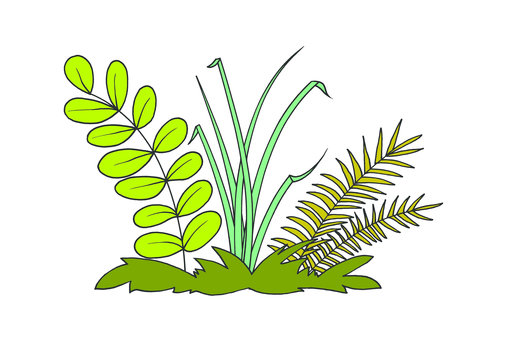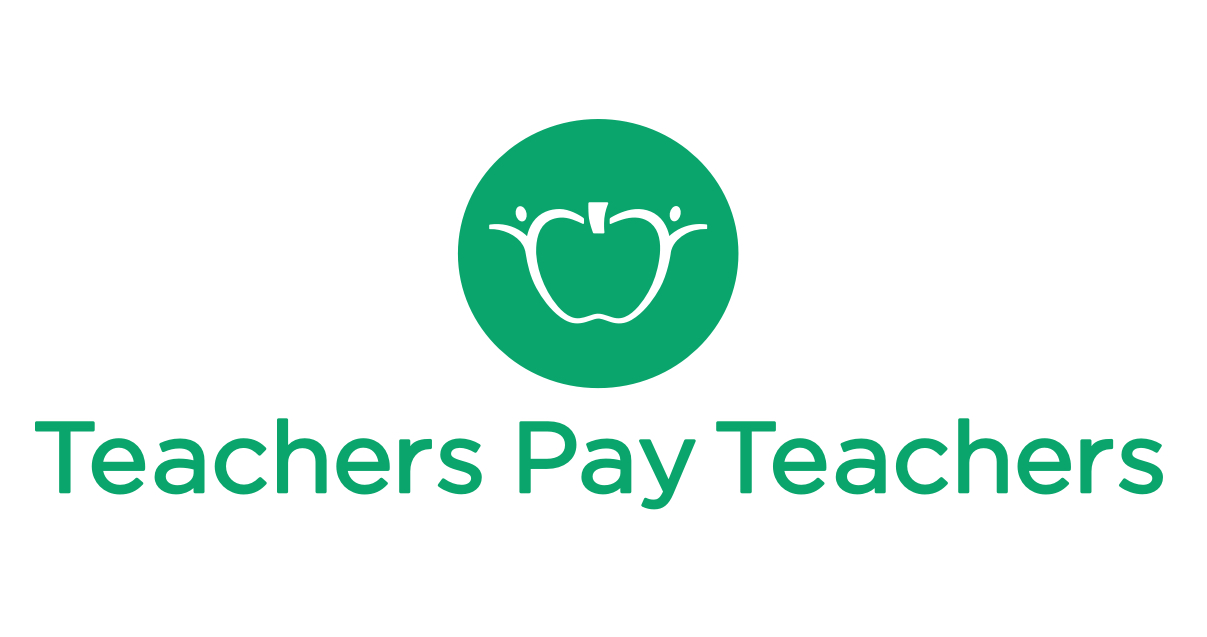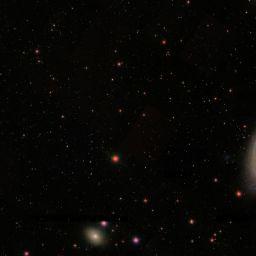LEVEL:5º
TITLE:PLANTS GROWTH AND NUTRITION
UNIT OUTLINE
This unit builds upon previous student knowledge of plants and living things. It explains how plants obtain the nutrients that enable them to carry out the processes of respiration and photosynthesis.
Plant growth and nutrition
Know how to Identify what plants need to grow
Describe the main processes of plant nutrition
The needs of plants
Plant nutrition
Photosynthesis
Plant respiration
Cognitive Processes.
Activities.
1st sesion.
*Ask Students for examples of living things. Ask: Why are they living things? What characteristic makes plants unique in comparison to other living things?
*Students read and listen to the texts about the amount of light and water plants need. Pause the
recording and ask: Why is light so important to plants? What is the opposite of sunny? Do all plants need the same amount of water to survive? What plants grow near rivers?
2 nd sesion.
*Work with the picture Students Look at the picture and compare the needs of the plants: Do you think the plants here need lots of sun? What plants like sunny areas? What plants need to be close to the water? Ss write sentences in pairs.
*Students read and listen to the texts. Pause occasionally to check comprehension: What are three main gases in the air we breathe? What do plants use carbon dioxide for? How do plants take in mineral salts?
2 nd sesion.
*Read the text to the class. Then, use pictures to discuss how habitats affect the needs of the plants that live there: Which of these trees prefers high temperatures? Which prefers low temperatures? What are their leaves like? Do you think the shape of their leaves is related to the temperatures of their habitats?
*Students brainstorm about what plants need. Ask: How many of these needs are related to nutrition?
Ask: Where is raw sap made? How do plants absorb water and minerals? What gas do stomata take in? What is the difference between raw sap and elaborated sap? How is sunlight trapped?
*Ss look at the picture. They listen and say whether the sentences are true or false.
In pairs, Ss make a glossary by completing their lists of key vocabulary with the words suggested by their partners.
Ask: What do living things need to breathe? Do plants need the same things? How are they similar/ different?
3rd Sesion.
*Students read and listen to the texts. • Ask questions to check comprehension: When do plants carry out photosynthesis? What gas do they take in/release? When do plants carry out respiration? What gas do they take in/release? Which gas do plants produce most of? Work with the picture • Ss read
and answer each question in pairs. • They swap partners and compare their answers. • Draw a plant nutrition diagram on the board, and elicit answers from the class to complete it.
*They copy the plant diagram from the board in their notebooks. Students use different colours to draw arrows that show how raw and elaborated sap flow through a plant. They add labels to their diagrams and compare in small groups.
*The teacher write key vocabulary about plant nutrition on the board with scrambled letters: atosmat (stomata). Volunteers come to the board and spell each word correctly. Then, they explain its function in the process of nutrition.
4th sesion.
*The teacher divides the class into two groups. Using vocabulary cards, hand out ten key words from the unit to each group. In pairs, each group writes two definitions for each word: one true and one false. They read out the word and both definitions; the other group guesses the correct definition.
Some activities to reinformenct and extencsio can be:
- Label a diagram of how plants take in substances.
- Complete a table about photosynthesis and respiration.
- Complete a chart ( concepts map) about photosynthesis.
- To watch videos.
- To do interactive activities on PDI.
Last sesion.
Pupils will present their classmates the final task ( It is explained above)
Final task.
The final task will consist of creating a project where the nutrition process of a plant is explained. To do this, the class will be divided into small groups of 2 or 3 students, they will be provided with a large poster and will be given full freedom to use the materials they deem appropriate for the representation of the project. In it the different steps of the nutrition process (photosynthesis) should be clear. They also need to illustrate with drawings the entire process. In the end they will have to present it to the rest of the class. Among them, they should distribute the steps they will have to say to learn them. Finally, both the teacher and the rest of the classmates can ask questions they deem appropriate to the group that is presenting at that time.
Resources.
The teacher will give students out worksheet for the writen activities

- Watch videos on:
http://aulavirtual.santillana.es/avonline/library
| aulavirtual.santillana.es CONDICIONES DE USO Y PROTECCIÓN DE DATOS La aplicación Aula Virtual (en adelante, la Aplicación) es una aplicación propiedad de Santillana Educación, S.L. (en adelante, Santillana), con domicilio social en la Avenida de los Artesanos, 6 (28760 Tres Cantos) y CIF B-28119261. |
- Presentations
http://aulavirtual.santillana.es/avonline/library
| aulavirtual.santillana.es CONDICIONES DE USO Y PROTECCIÓN DE DATOS La aplicación Aula Virtual (en adelante, la Aplicación) es una aplicación propiedad de Santillana Educación, S.L. (en adelante, Santillana), con domicilio social en la Avenida de los Artesanos, 6 (28760 Tres Cantos) y CIF B-28119261. |
- Interactive activities.
http://aulavirtual.santillana.es/avonline/library
| aulavirtual.santillana.es CONDICIONES DE USO Y PROTECCIÓN DE DATOS La aplicación Aula Virtual (en adelante, la Aplicación) es una aplicación propiedad de Santillana Educación, S.L. (en adelante, Santillana), con domicilio social en la Avenida de los Artesanos, 6 (28760 Tres Cantos) y CIF B-28119261. |
https://wonderville.org/asset/photosynthesis
http://herbarium.desu.edu/pfk/page25/page26/page27/page27.html
| | herbarium.desu.edu Photosynthesis Plants use Photosynthesis to create food from sunlight and carbon dioxide. This reaction occurs because of the chlorophyll within plants, and is what gives them their green color. |
https://learnenglishkids.britishcouncil.org/en/word-games/plants
| | learnenglishkids.britishcouncil.org Play a word game to learn and practise plants vocabulary. |
https://www.youtube.com/watch?v=UDKiT_hMjzs
| | www.youtube.com Visit http://www.makemegenius.com for more videos on Children education for free |
Plantilla alojada en Google Drive.
https://drive.google.com/drive/my-drive | drive.google.com Google Drive is a free way to keep your files backed up and easy to reach from any phone, tablet, or computer. Start with 15GB of Google storage – free. |













